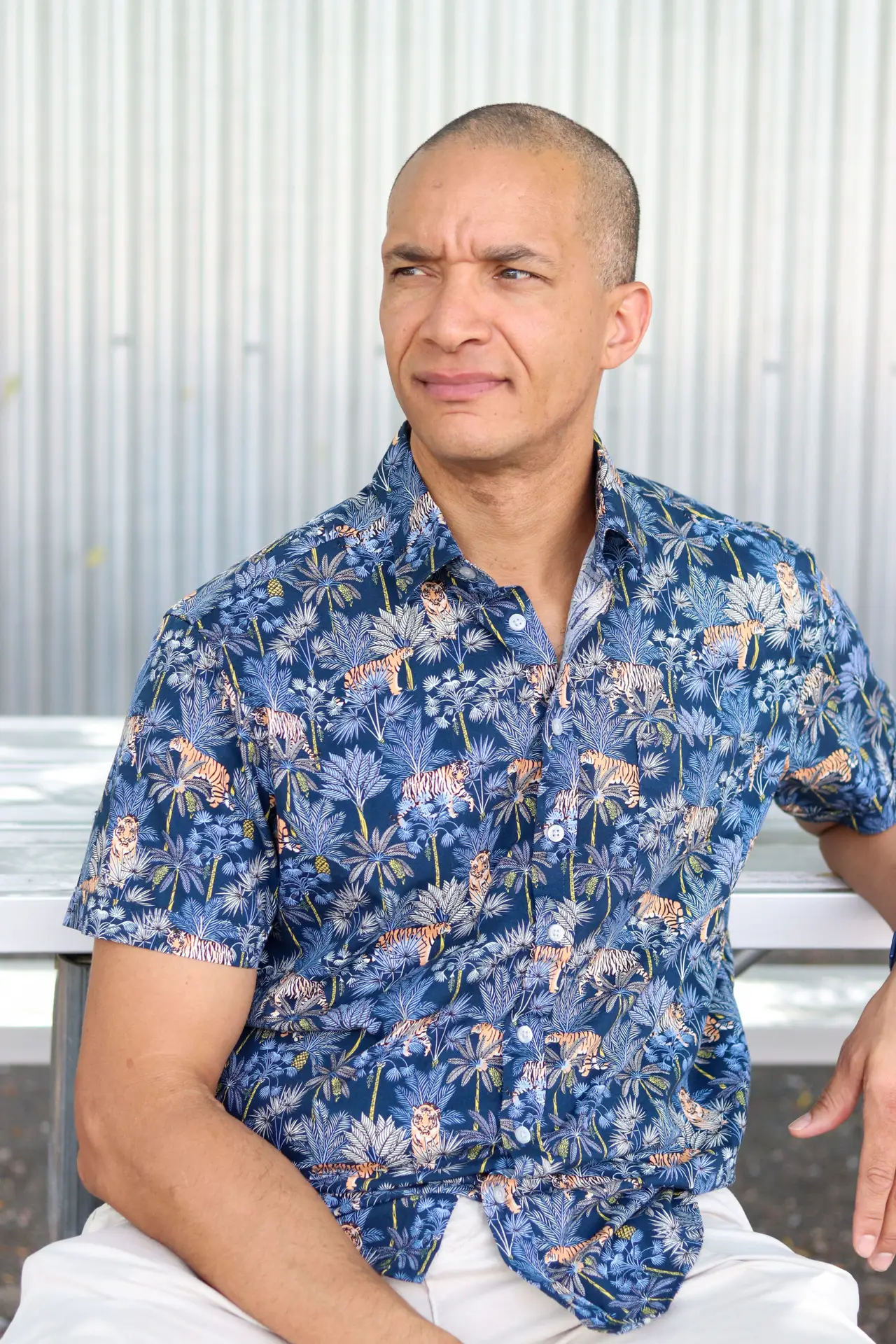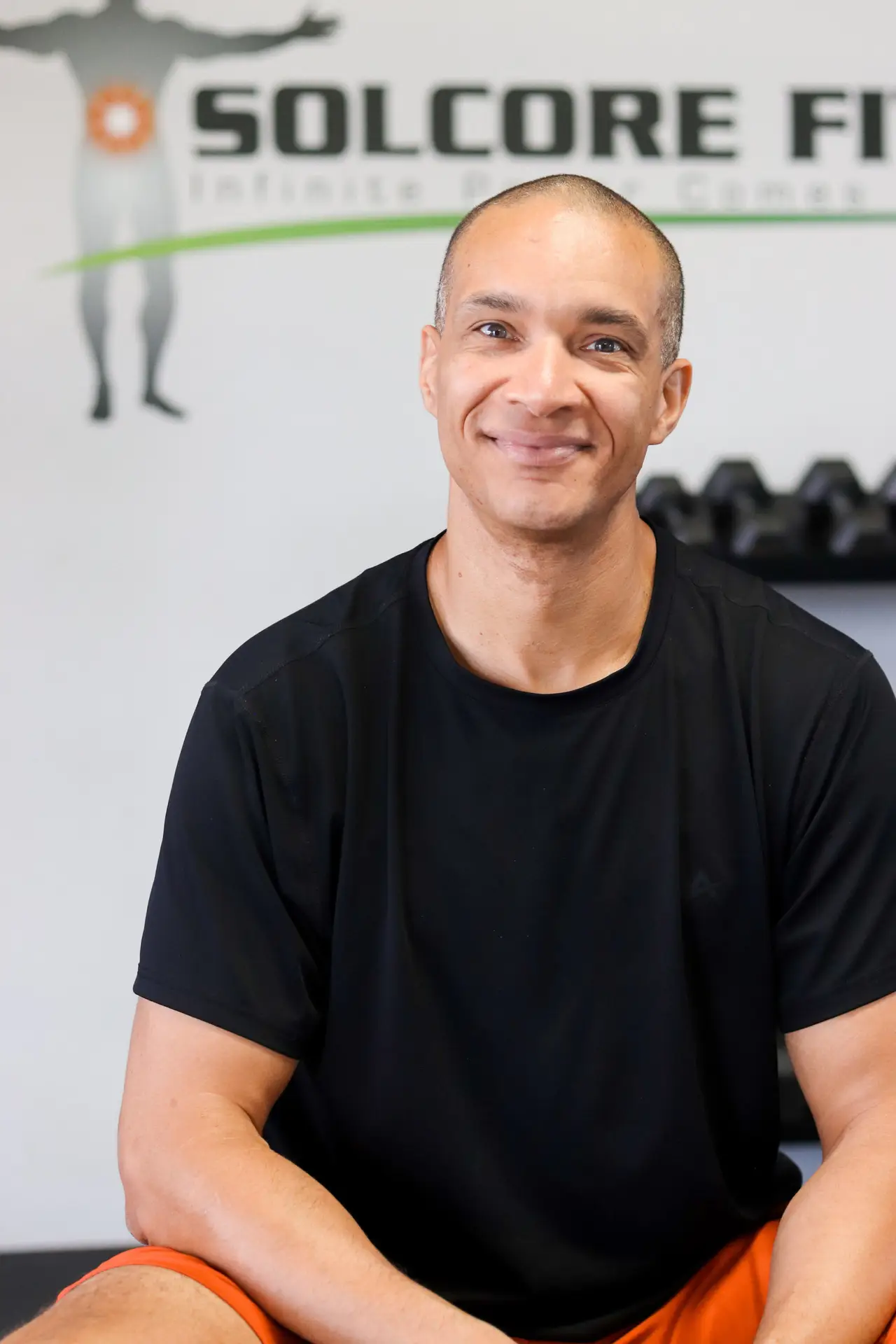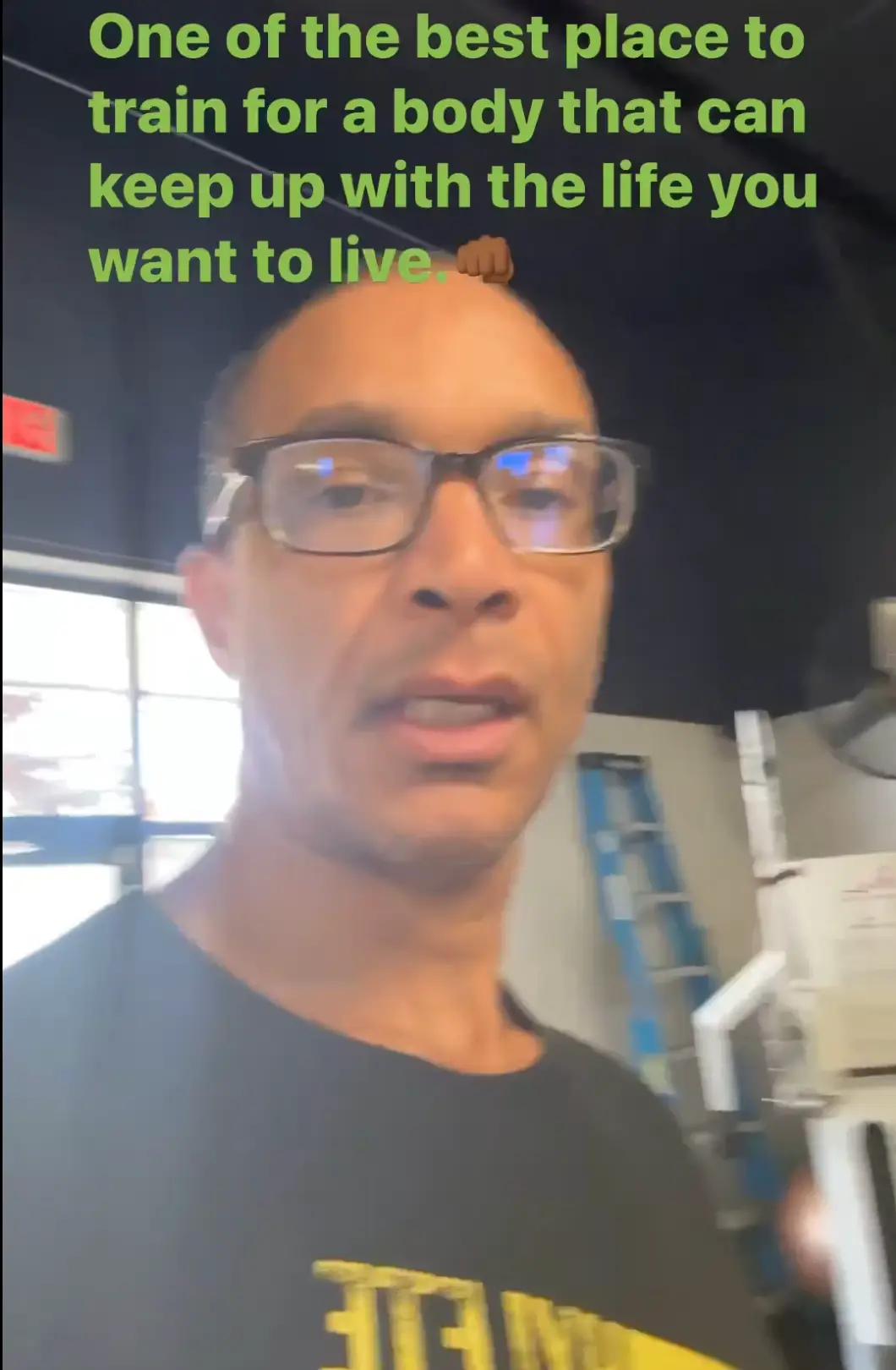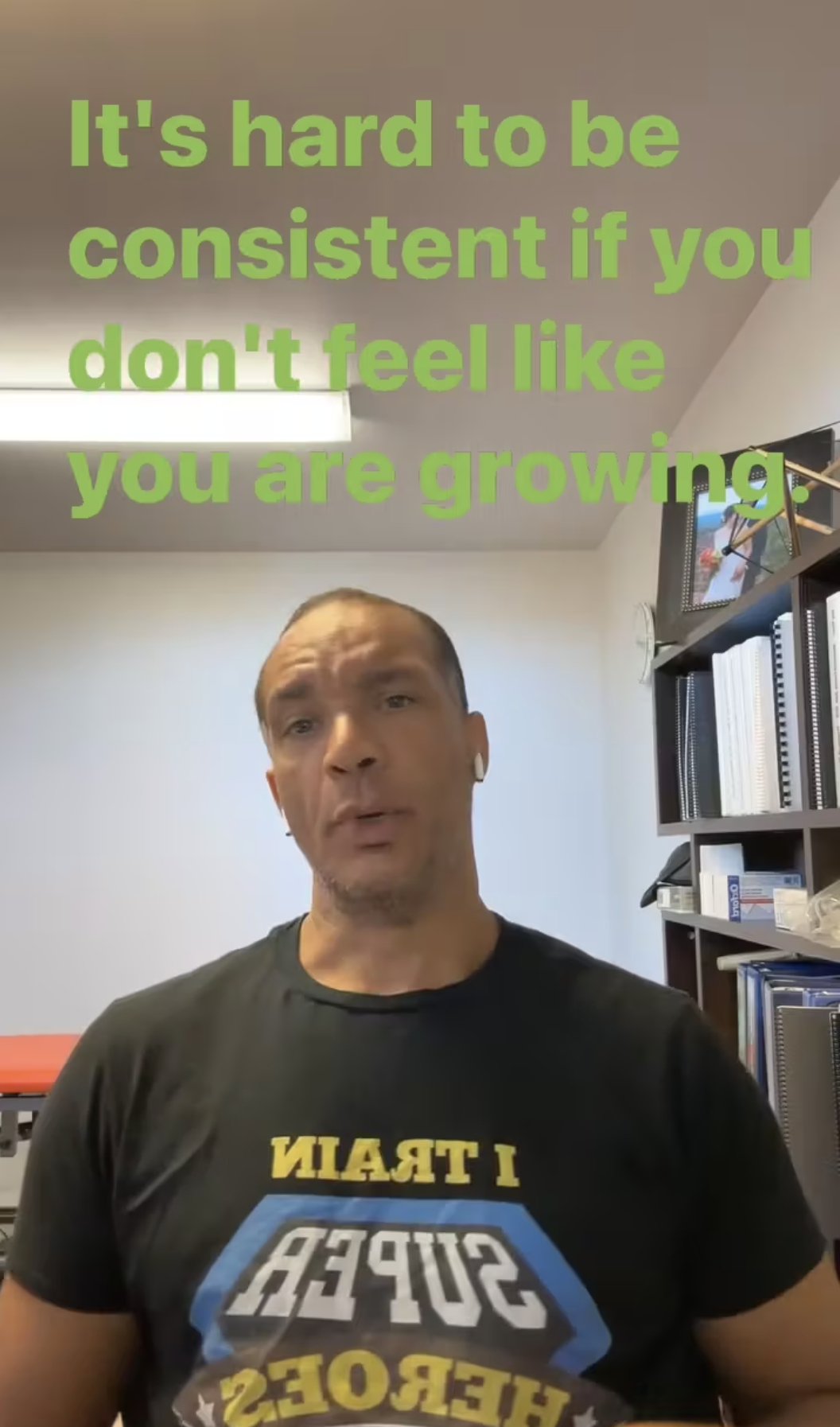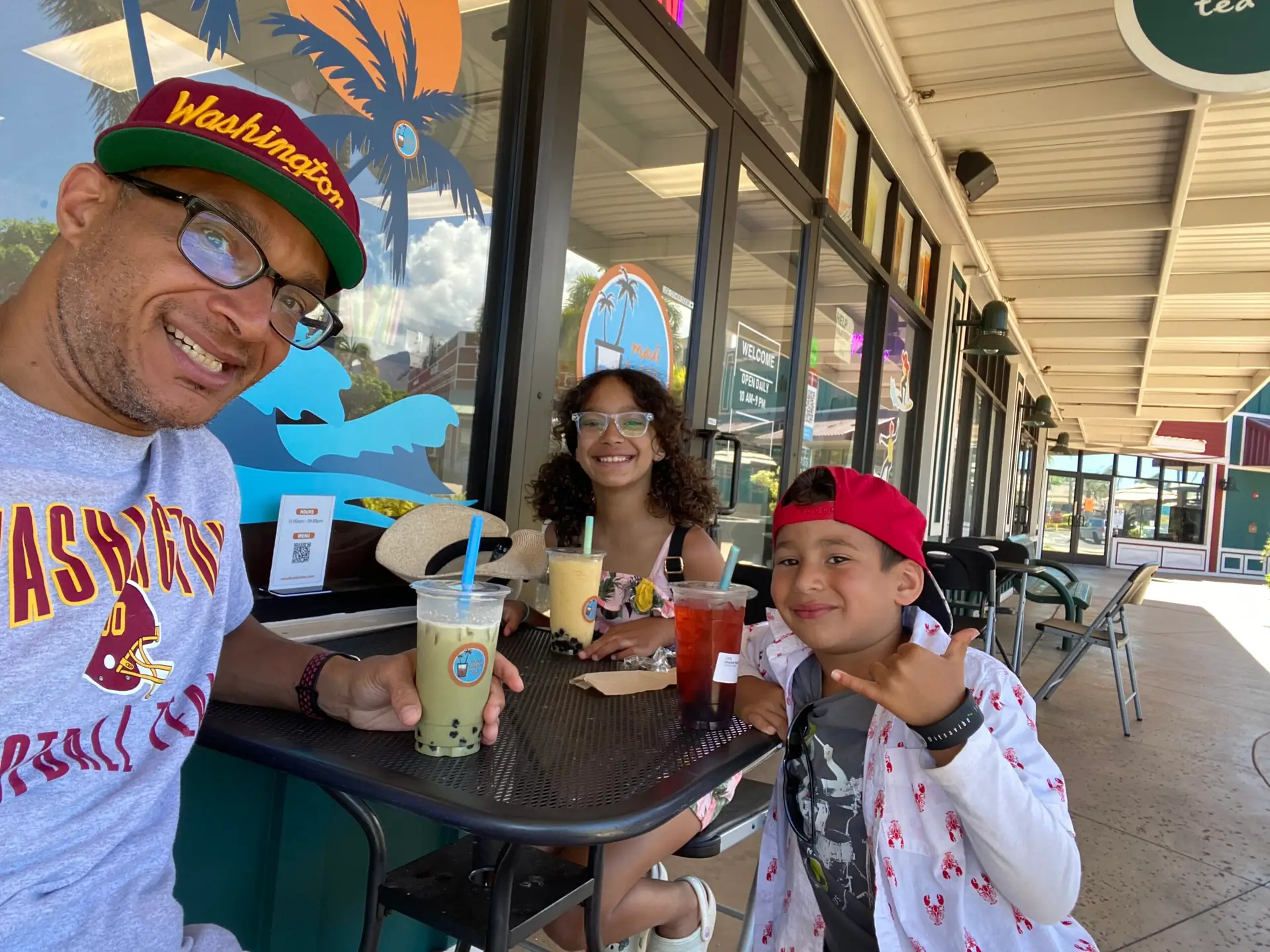
Freedom. Will you pay the price for it?
We celebrate freedom every July, but it’s helpful to remember that freedom isn’t free. We must plan for it. Work for it. Sacrifice for it. It’s found in places a lot of people don’t expect – like discipline, focus and vision. These are some of the requirements necessary to achieve freedom, even if they seem


